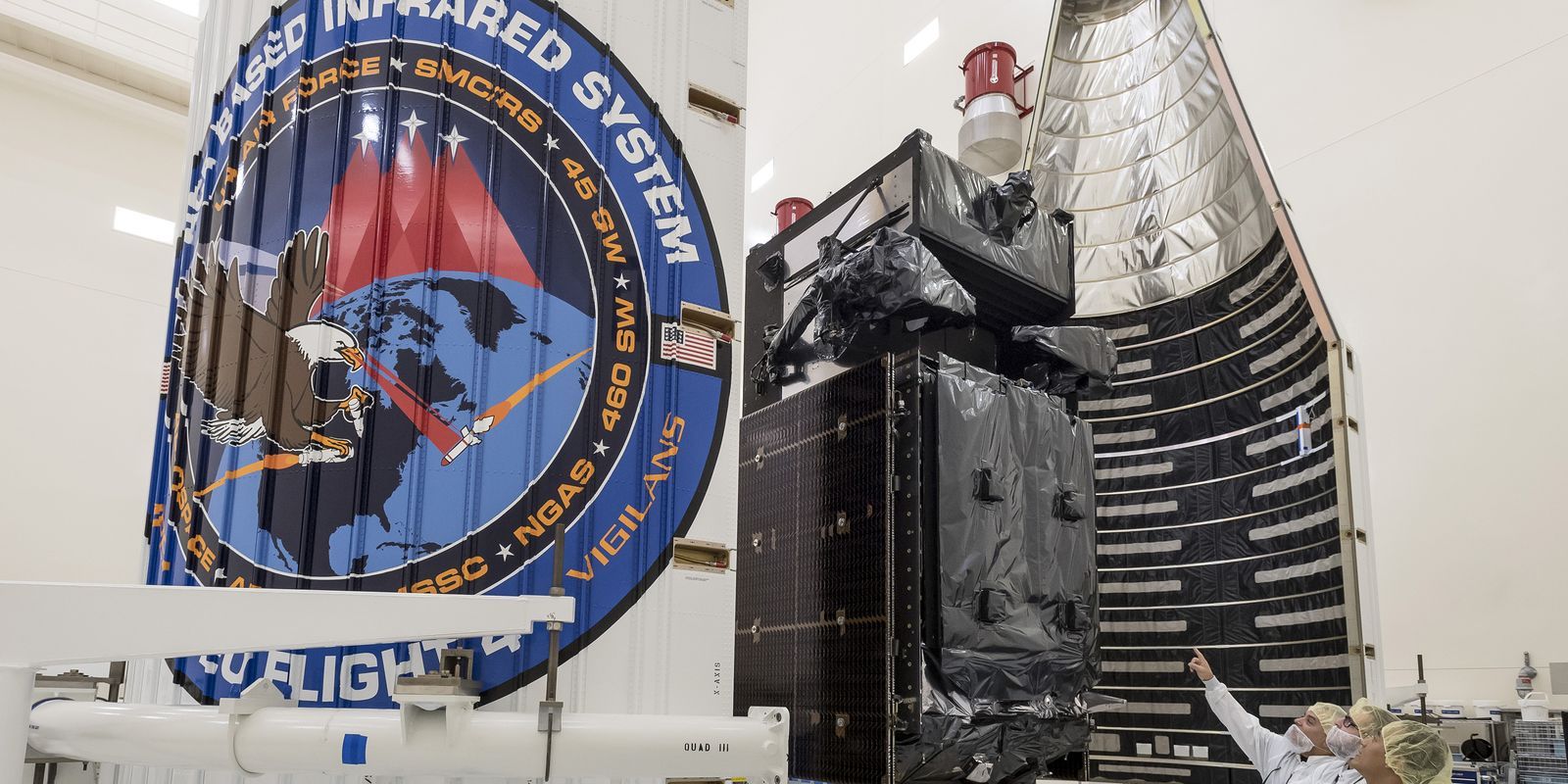UPDATE: Tonight's launch has been scrubbed. The launch team will try again Friday.
***
CAPE CANAVERAL, Fla. -- If a North Korean ballistic missile really were headed for Hawaii — as the state mistakenly alerted residents last Saturday — a network of U.S. satellites would pick up and track the heat from its engine.
The missile’s location and predicted path would quickly be fed to defense systems charged with trying to take out the weapon.
The satellites act as a “bell-ringer to a launch anywhere on the face of the planet,” said Col. Dennis Bythewood, director of the Remote Sensing Systems Directorate at the Air Force’s Space and Missile Systems Center in Los Angeles.
“Whether there be an actual launch or a false indication of a launch, the missile warning architecture is there to provide the truth data that allows us to understand what actually happened,” he added.
The latest addition to the missile warning system is set to lift off from Cape Canaveral Air Force Station at 7:52 p.m. Thursday atop a United Launch Alliance Atlas V rocket.
The forecast Thursday night is excellent, with a 90 percent chance of favorable weather during the 40-minute window closing at 8:32 p.m.
The 194-foot Atlas V carrying the roughly 10,000-pound satellite rolled to its Launch Complex 41 pad early Wednesday afternoon.
The mission is ULA’s first of the year from the Space Coast but second in a week, after a Delta IV rocket sent a classified intelligence spacecraft to orbit from California last Friday.
Valued at $1.2 billion, the payload this time is the Air Force’s fourth Space Based Infrared System satellite headed for an orbit high over the equator. Official name: SBIRS GEO Flight 4.
The fourth in the series of spacecraft built by Lockheed Martin completes the initial constellation for a program started more than 20 years ago.
Some sensors have flown on spacecraft flying in highly elliptical orbits. The first satellite placed in geosynchronous orbit — matching the speed of Earth’s rotation to hover roughly 22,000 miles over a fixed point on the ground — launched in 2011, followed by missions in 2013 and last January.
In total as of last year, according to the U.S. Government Accountability Office, the Air Force has spent more than $19 billion on the system.
The fourth satellite ensures global coverage for infrared sensors that constantly scan the globe and stare at specific areas of interest.
The sensors are “leaps and bounds” better than those on the Air Force’s legacy Defense Support Program satellites that formed the “bedrock” of early detection capability since 1970, Bythewood said.
“We are able to get dimmer targets and keep pace with the missiles that our adversaries are fielding day to day,” he said.
Exactly how many satellites comprise the warning constellation at any time is classified.
The infrared data they collect also supports troops in the field and intelligence agencies.
Thursday’s launch was delayed from November while Lockheed Martin conducted a review of the engine that places the satellite in its final orbit after reaching space. The spacecraft launched last January experienced “unexpected performance” from that engine, the Air Force said, but reached orbit.
That review was only recently completed, and ultimately cleared the fourth spacecraft for launch this month.
Otherwise, this week’s mission differs only slightly from the one flown a year ago. ULA’s Atlas V rocket, flying for the 75th time, is equipped with a single solid rocket motor strapped to the first-stage booster. Previous SBIRS launches didn’t add solid motors, and it’s only the fourth launch of an Atlas V in this configuration.
Col. Shane Clark, the Air Force’s launch mission director, said the “extra oomph” off the ground ensured that the rocket’s Centaur upper stage has enough spare fuel to fire its engine and drop from orbit over the Pacific Ocean to end the mission.
The goal is to limit space junk.
“We understand that space is becoming more congested, and this is one of the ways that the United States government is trying to not contribute to that congestion by not leaving anything up on orbit,” said Clark.
If the mission does not launch Thursday, another opportunity is available Friday night.


